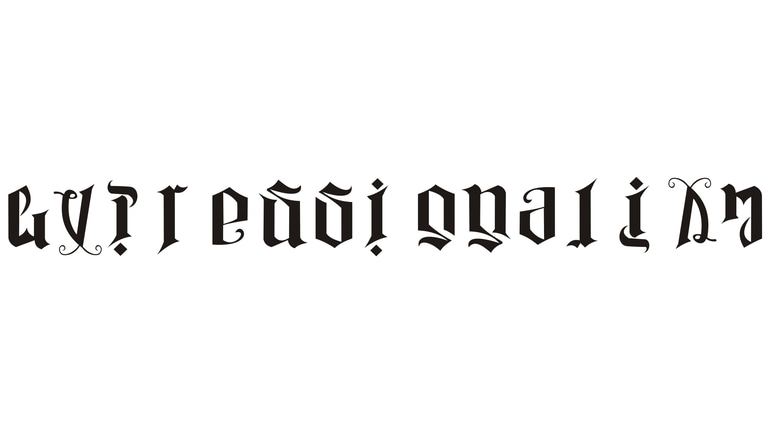Welcome to Expressionalism
Welcome to Expressionalism—glad you're here. Firstly, this site isn't constantly updated... but I am usually polishing this or that and I'll update the website accordingly.
Quick Explainer: What is Expressionalism?
It's a simple way to think about anything we notice or say in life. Picture this: Every idea, feeling, or thing you experience—like a random thought popping into your head, a picture you see, a quiet moment, or something said out loud—is an "expression" here. It's your way of grabbing onto something and trying to connect it to other stuff, while spotting the parts that don't quite fit or stay mysterious.
You can start from either end:
Go forward from zero assumptions—no big claims about God, the universe, or whether anything's "real" at all—and build up step by step to figure out what holds together in that expression: Look for patterns that link up reliably, like guessing how one idea relates to another, and call those "certainties." At the same time, respect the gaps or unknowns that can't connect, labeling them "uncertainties." Truth here just means those guessed connections feel solid for now, and meaning comes from the balance between what clicks and what doesn't—kind of like how a puzzle feels complete even with missing pieces.
Or go backward: Start from an expression you think is true, and peel layers off like an onion to spot what has to be presumed just to make it "work" or feel "known."
It's not about proving anything forever; it's humble and changeable. Certainty and uncertainty have to exist together no matter what we think, claim, or know for sure about the world, life, being, existence, or whatever is out there—and it all hangs together because of the expression that makes it possible in the first place. At the end of the day, it's always okay to re-express in a different way; that just becomes your fresh starting point.
Let's cut to the chase: every expression we encounter or create—from epic ones like a sprawling mural, a vast library, or a towering skyscraper, to everyday snippets like "I had a dream last night," "the dog's barking over there," "vote for change," a lyric blasting from the radio, or a single brushstroke on canvas—leans on eleven core presumptions. These stack dialectically, provisioning a provisional ladder for making sense of existence, without claiming to be the ultimate truth. We dub the connectable, repeatable bits "shards" (relational patterns that spark alignments and utilities, like contrasts tying into layers—not rigid grammar or fixed definitions). The elusive, unmappable gaps? Those are "shadows" (non-relational withholdings that regress to generative pauses, boosting equity for the unknowable). No one grabs the whole picture—it might evoke a real pup, a gridiron strategy, or something utterly abstract. This isn't about debunking; it's illuminating the conditional mechanics we all rely on implicitly, deconstructing expressions to reveal their relational truths and tensive meanings when reassembled.
This site isn't dogma or a static philosophy—it's a dynamic probe into the undercurrents of thoughts, utterances, and even non-linguistic phenomena like a wave crashing, a leaf rustling, or neurons firing in a moment of insight. Drop in text, a video description, book passages, song verses, art critiques, or any raw datum—watch the toolkit dialectically unpack it into shards and shadows, yielding metrics like coherence, resonance, truth alignment (as fallible proxy relations), and meaning tension (as shard-shadow ratios). Spot what coheres, what paradoxes, what slips into silence.
Fragility is baked in: expressions are always provisional, fallible guesses, but they fuel deeper inquiries and refinements. The toolkit's ready below—paste away, fork it, experiment. Apply it to politics, spirituality, fairy tales, quantum quirks, or pure quietude. Iterate via P11 loops if yields don't hold; it's all open for renewal.
Have fun out there, folks. And if this resonates and you'd like to fuel more development, hit that coffee cup icon for a tip—much appreciated!
Feedback is also very welcome.
Thanks again!
